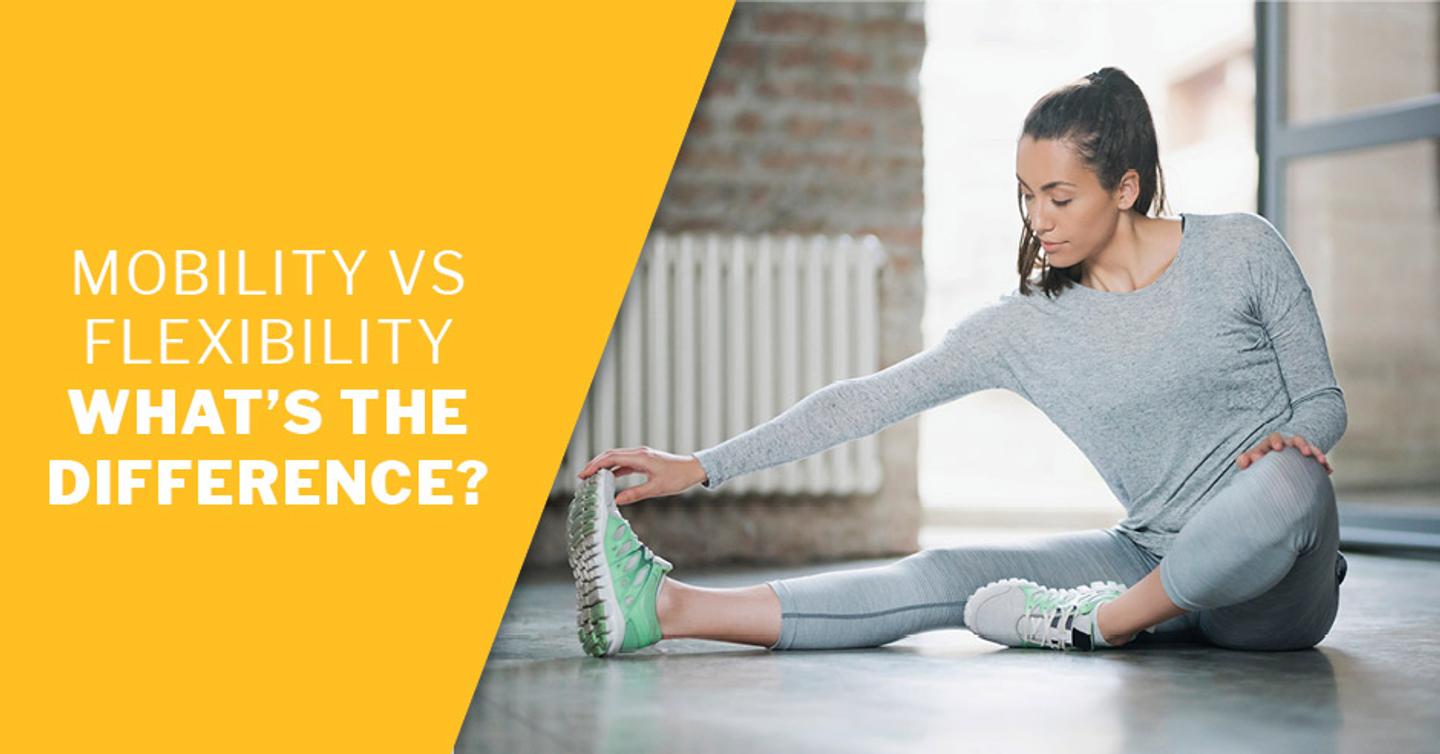

Introduction:
In the realm of fitness, achieving success extends beyond strength and endurance—it involves cultivating flexibility and mobility. This article explores the integral role of flexibility and mobility in fitness, shedding light on their significance, benefits, and practical strategies for incorporating them into your routine.
Understanding Flexibility and Mobility:
Flexibility and mobility are often used interchangeably, but they refer to distinct yet interconnected elements of fitness. Flexibility involves the ability of muscles and connective tissues to stretch actively or passively, whereas mobility encompasses the range of motion of a joint. Together, they contribute to fluid and efficient movement, essential for various physical activities.
Benefits of Flexibility:
Flexibility contributes to overall joint health and muscle function. Incorporating flexibility exercises into your routine enhances muscle elasticity, reduces the risk of injury, and improves posture. Whether you’re engaging in strength training, cardiovascular exercises, or sports, having supple muscles allows for better performance and resilience.
The Role of Mobility in Fitness:
Mobility is the foundation of functional movement. It involves not only the range of motion of individual joints but also the coordination and control of those movements. Improved mobility translates to better body mechanics, increased stability, and enhanced athletic performance. A body with good mobility moves efficiently and with reduced strain.
Enhanced Exercise Performance:
Flexibility and mobility contribute significantly to exercise performance. A body with improved flexibility can execute movements with a fuller range of motion, leading to more effective muscle engagement. Enhanced mobility ensures that joints move freely and smoothly, reducing the risk of discomfort and optimizing performance across various fitness activities.
Preventing Injury Through Flexibility and Mobility:
One of the primary advantages of prioritizing flexibility and mobility is injury prevention. Tight muscles and limited joint mobility can predispose individuals to injuries such as strains, sprains, and overuse injuries. Regular stretching and mobility exercises alleviate muscle tension, correct imbalances, and create a more resilient musculoskeletal system.
Incorporating Dynamic Stretching:
Dynamic stretching is a valuable tool for enhancing flexibility and mobility. Unlike static stretching, dynamic stretches involve controlled, active movements that take joints through their full range of motion. Incorporating dynamic stretching as part of your warm-up routine prepares the body for exercise by promoting blood flow and increasing joint mobility.
Static Stretching for Improved Flexibility:
While dynamic stretching is crucial for warming up, static stretching holds its own importance for improving flexibility. Performing static stretches, where muscles are lengthened and held for a duration, contributes to increased muscle pliability and range of motion. Include static stretches in your cool-down routine to aid in muscle recovery.
Mobility Exercises for Joint Health:
Targeted mobility exercises focus on specific joints and their surrounding structures. These exercises improve joint stability, flexibility, and overall mobility. Including mobility drills for areas such as the hips, shoulders, and ankles ensures that each joint functions optimally, supporting your body’s movement patterns.
Flexibility and Mobility in Functional Training:
Functional training emphasizes movements that replicate real-life activities. Integrating flexibility and mobility exercises into functional training routines ensures that your body is well-prepared for the demands of daily life and specific sports or activities. This approach not only enhances performance but also reduces the risk of injuries during functional movements.
Creating a Balanced Routine:
A balanced fitness routine incorporates strength training, cardiovascular exercises, and flexibility and mobility work. Devoting specific sessions to stretching, dynamic movements, and mobility exercises ensures comprehensive fitness development. Tailor your routine to address your individual needs and goals, creating a well-rounded approach to fitness.
Conclusion:
In conclusion, flexibility and mobility are integral components of a successful fitness journey. Whether you’re a seasoned athlete or just starting, prioritizing these elements contributes to improved performance, reduced injury risk, and enhanced overall well-being. Embrace a holistic approach to fitness by incorporating flexibility and mobility exercises, unlocking the full potential of your body.









